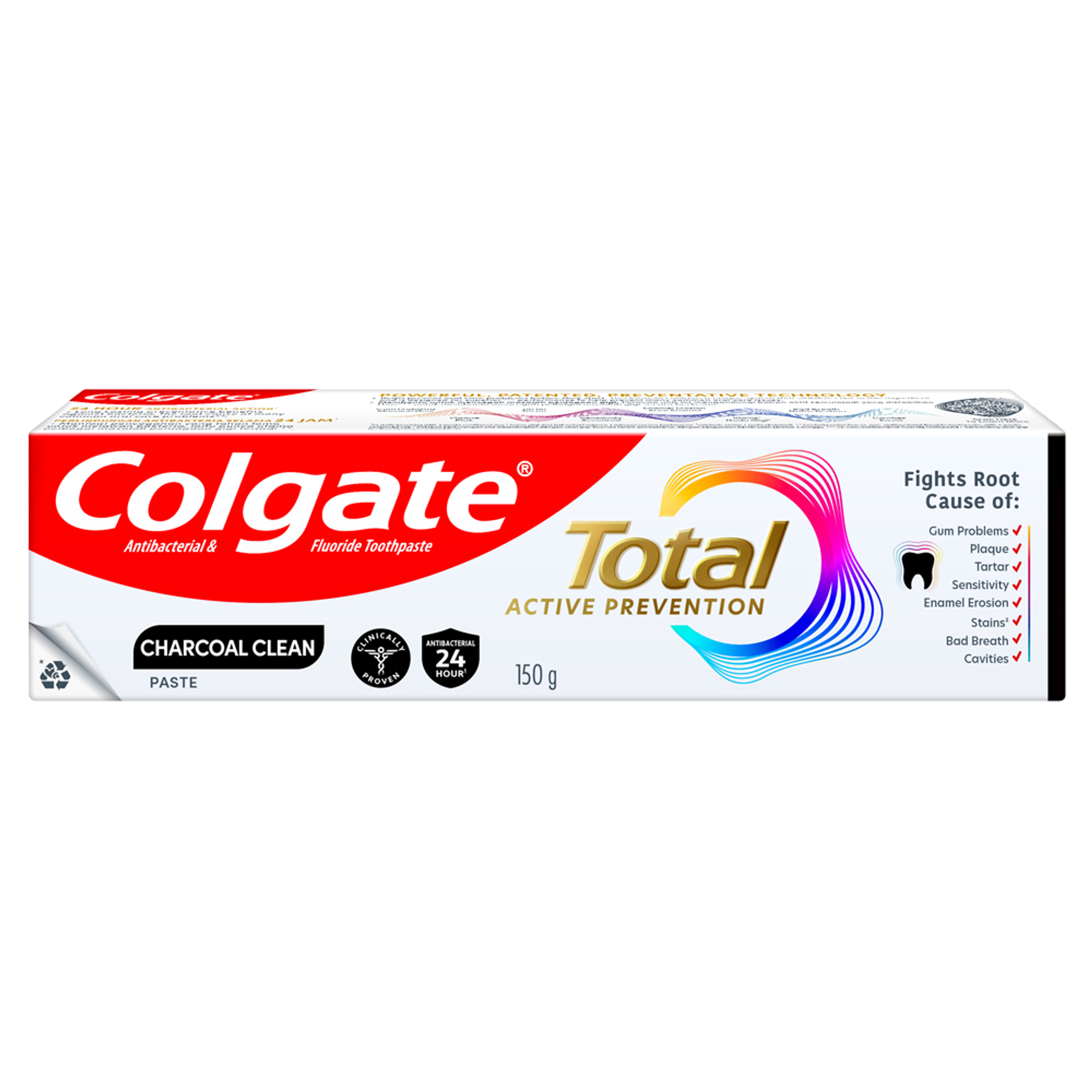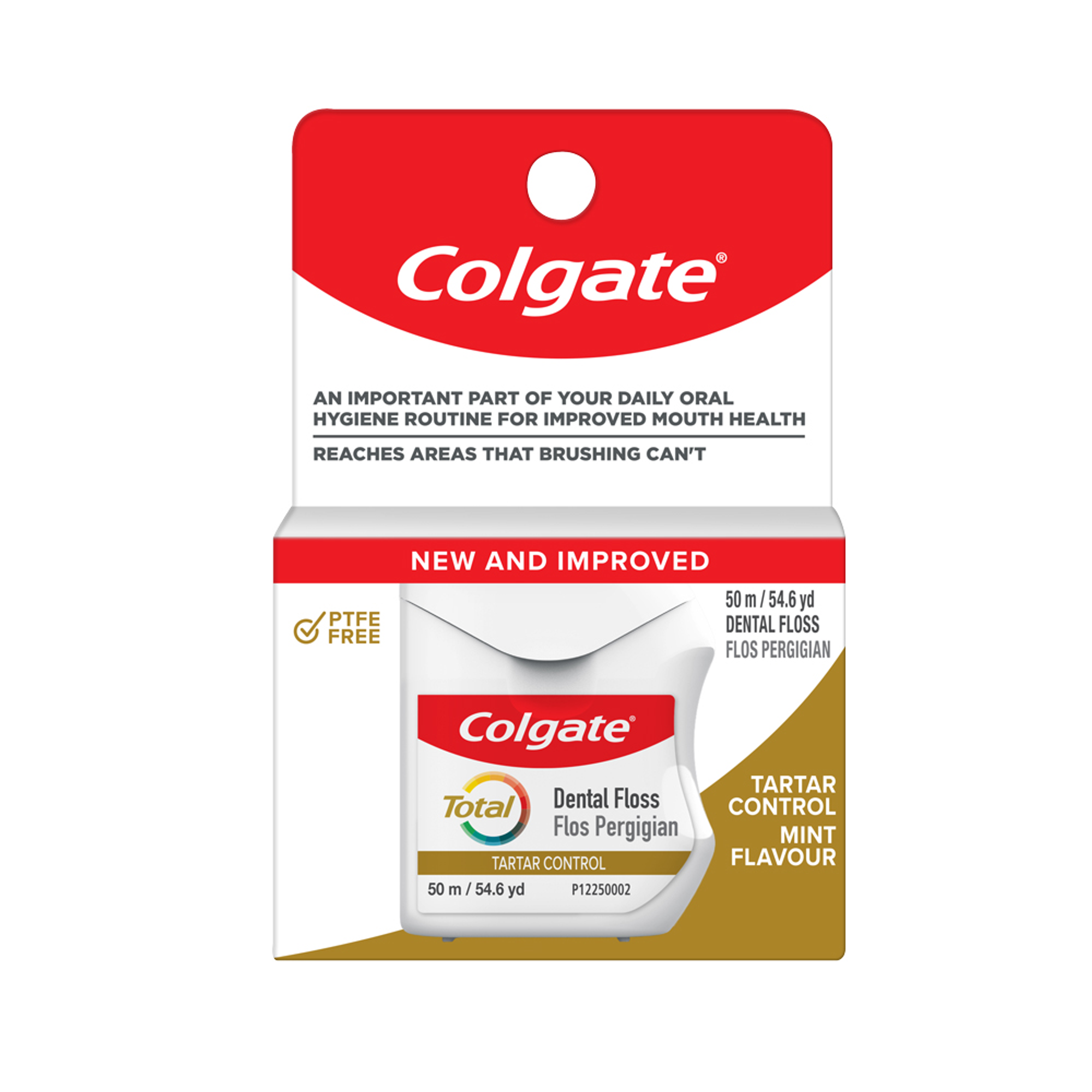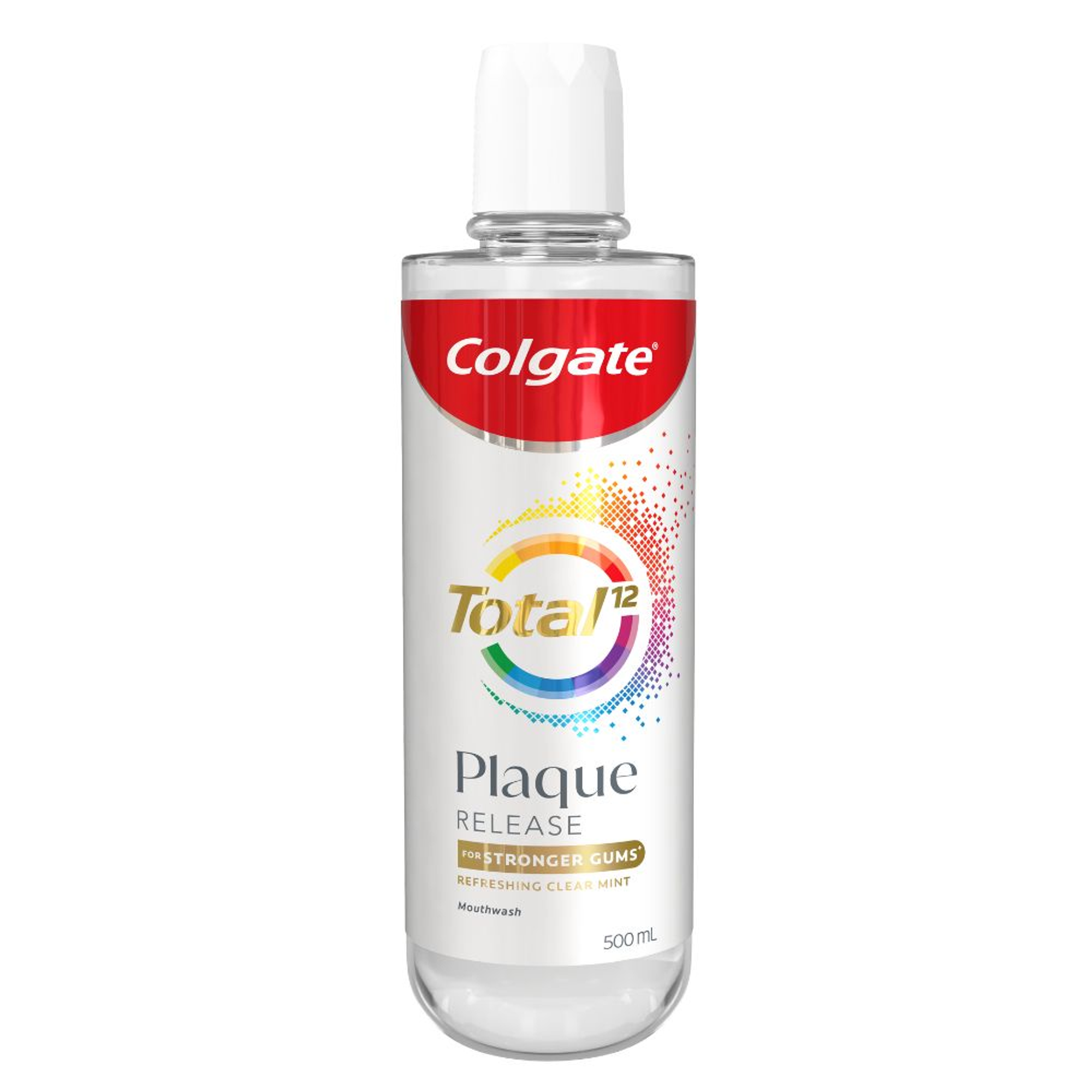Continue reading to understand the causes, symptoms, and preventive measures that you can take to maintain strong and healthy teeth. Know everything about teeth enamel, how to prevent erosion, and when it is time to see your dentist.
What is Tooth Enamel and Why is it Important?
Tooth enamel is the hardest substance in your body. It forms the tough outer layer that covers the surface of your teeth. Your teeth enamel may have a colour from light yellow to grey-white, contributing to the appearance of your teeth. While it is a vital part of your dental health, the enamel is only one of a few factors that helps your teeth stay strong.
The importance of teeth enamel lies in its function of protecting the inner, fragile parts of your teeth, like dentin and pulp. Now, what is enamel loss? Despite its strength, enamel can wear down over time, leading to a condition known as enamel loss. Damage to enamel can lead to cavities and infections and even contribute to sensitive teeth. Since enamel cannot regenerate, maintaining a healthy diet and dental care routine is essential to preserving it.
What is Tooth Enamel Made of?
Tooth enamel is made mostly of a mineral called hydroxyapatite, along with small amounts of magnesium, sodium, fluoride, and carbonate. It mostly consists of calcium and phosphorus. These minerals, which make up about 95% of enamel, combine to form tiny, super-strong crystals. The remaining 1-2% of enamel is organic minerals, and the rest 2-4% is made up of water (4%).
Enamel’s unique structure and composition give it incredible strength, making it the hardest substance in the human body. To keep your enamel strong and prevent tooth enamel loss, it is essential to practise good oral hygiene. Regular use of a fluoride-based toothpaste and mouthwash can also help maintain your oral health and protect enamel from acid wear.
Signs of Tooth Enamel Loss
Tooth enamel loss can develop gradually, and the symptoms may not be that visible at first. However, as the damage progresses, you might notice these common signs:
Tooth Sensitivity: Increased sensitivity to hot, cold, sweet, or acidic food and drinks is a common early sign of teeth enamel erosion.
Discolouration: Teeth may appear yellow as the underlying dentin becomes exposed due to enamel thinning.
Texture Changes: Smooth or shiny spots on the surface of your teeth can indicate areas of dental erosion.
Cracks and Chips: Weakening enamel makes your teeth more prone to small cracks or chips, even from normal activities like chewing.
Cavities or Decay: Enamel loss increases the risk of cavities since the protective layer is no longer intact.
Tooth Enamel Erosion And Restoration
Tooth enamel erosion occurs when the outer layer of your teeth is gradually worn away by acids from food, drinks, or stomach acid. Over time, this erosion weakens the enamel, making your teeth more vulnerable to sensitivity, discolouration, and decay. Common symptoms of tooth enamel erosion include heightened sensitivity to temperature or sweet food, a dull or smooth appearance on the tooth surface, and noticeable discolouration.
While enamel cannot regenerate once lost, certain treatments can help restore and protect your teeth. Dentists often recommend enamel damage treatments to strengthen remaining enamel and reduce sensitivity. For more significant damage, restorative options like dental bonding, fillings, or veneers are used, which can help cover worn areas and improve the appearance of teeth.
What is Dental Erosion and What Causes it?
Dental erosion, or enamel erosion, is the gradual loss of tooth enamel caused by acids that wear away its surface. Unlike damage from tooth decay caused by bacteria, dental erosion occurs when acidic substances directly dissolve the minerals in the enamel. Over time, this can lead to thinning of the enamel. With the symptoms of tooth enamel erosion already being said, below are the primary causes of it:
Dietary Acids: Frequent consumption of acidic food and acidic beverages such as sodas, energy drinks, and citric acid-rich fruit drinks can weaken enamel.
Acid Reflux: Conditions like gastroesophageal reflux disease (GERD) and frequent vomiting due to eating disorders can expose teeth to stomach acids, leading to enamel erosion over time.
Dry Mouth: Saliva helps neutralise acids and wash away food particles. Reduced saliva production increases the risk of erosion.
Poor Oral Hygiene: Infrequent brushing and flossing can allow acids to stay on your teeth, increasing enamel wear.
Certain Medications: Some medicines, such as antihistamines, aspirin or vitamin C tablets, can cause enamel erosion if used for a long time.
Treating And Preventing Enamel Erosion
While enamel erosion is a common dental problem that many face, adopting the right approach can help manage it effectively. If not properly treated, dental erosion can damage your tooth structure. There are several treatment options and preventive measures available that can help protect and strengthen your teeth.
Treatment
Dental Bonding: For significant damages and discolourations, tooth bonding is performed. It can help restore the appearance and function of your teeth by covering the worn areas with a tooth-coloured resin.
Crowns or Veneers: In severe cases, erosion treatment is done by a dental professional. These treatments, which usually include dental crowns or veneers, are used to protect the damaged teeth and restore the shape of your teeth.
Fluoride Treatments: If you are at the early stage of tooth erosion, your dental professional may suggest fluoride treatments. This can help to strengthen the remaining enamel, reduce sensitivity, and help prevent further erosion.
Prevention
- Maintain Good Oral Hygiene: Brush your teeth twice daily with a soft-bristled toothbrush and use fluoride toothpaste. Avoid brushing too hard, as this can wear down enamel, especially near the gum line. Using a fluoride-based mouthwash regularly can help strengthen the enamel and prevent tooth decay.
Watch Your Diet: Limit acidic food and drinks like soda, citrus fruits, fruit juices, and soft drinks. Rinse your mouth with water after consuming acidic drinks or food.
Chew Sugar-Free Gum: Chewing sugar-free gum stimulates saliva production, which helps neutralise acids and protect your enamel.
Stay Hydrated: Drink plenty of water to keep your mouth moist and wash away acids. If you have a dry mouth, consult your dentist for treatments.
Use a Mouthguard: If you are prone to teeth grinding or bruxism at night, using a mouthguard can help protect your enamel from damage.
Regular Dental Visits: Routine dental checkups allow early detection and management of enamel erosion before it worsens.
When Should I See My Dentist?
If you notice symptoms of tooth enamel erosion, such as severe or persistent sensitivity to hot or cold food, it is important to take action. Visible yellowing or dullness in your teeth, or small cracks and chips, are also signs that it is time to see your dentist. Indentations on your teeth are also signs of enamel erosion or other dental issues. Regular dental visits are important for maintaining good oral health, and addressing the issues early can prevent further damage and ensure long-term dental health.
Protecting your tooth enamel is an important part when it comes to maintaining strong and healthy teeth. While enamel erosion can occur due to various causes, taking cautious steps to prevent the damage can help preserve your oral health. Regular dental checkups, a balanced diet, and good oral hygiene practices are key to keeping your enamel intact. If you notice any signs of enamel erosion, see your dentist as soon as possible to get enamel damage treatment and to avoid further issues.
Frequently Asked Questions
Can enamel erosion be fixed?
While enamel erosion can be treated by a dental professional, it cannot be fully reversed. Treatments like fluoride treatments, bonding, or veneers can help restore and protect your teeth from further damage.
What does enamel erosion look like?
Enamel erosion can cause your teeth to appear yellow due to the underlying dentin showing through. You may also notice smooth, shiny spots, cracks, or chips on the surface of your teeth.
How can I restore my tooth enamel naturally?
While enamel cannot fully regenerate, you can help protect it by practising good oral hygiene, using fluoride toothpaste, and avoiding acidic food and drinks. Eating food rich in calcium and phosphorus can also help strengthen enamel.
How to tell if your enamel is damaged?
If you experience tooth sensitivity to hot or cold food, notice teeth discolouration, or see cracks or chips, these may be signs of enamel damage. You might also notice smooth or shiny spots on your teeth.
How do I know if I have enamel erosion or tooth decay?
While enamel erosion and tooth decay can both cause tooth sensitivity and discolouration, tooth decay can lead to visible holes or cavities in the teeth. If you are experiencing these symptoms and are unsure about the condition, it is recommended to consult a dental professional for a proper diagnosis.













